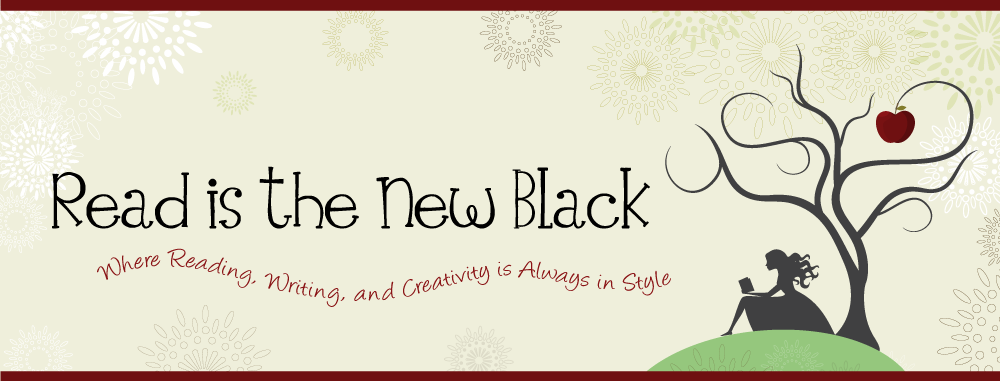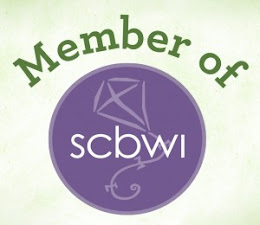 Reading Paul Yee’s book, THE BONE COLLECTOR’S SON, I immersed in a story crossing four genres- young adult, historical fiction, multicultural, and supernatural. In the story, a Chinese Canadian boy living during the early 1900s works in a haunted house owned by a white couple. Many of Paul’s books, such as THE BONE COLLECTOR'S SON (Marshall Cavendish), TALES FROM GOLD MOUNTAIN (Groundwood), and GHOST TRAIN (Groundwood), are rich with history of the Chinese experience in North America, and shed light on the racism and injustices the early Chinese immigrants endured.
Reading Paul Yee’s book, THE BONE COLLECTOR’S SON, I immersed in a story crossing four genres- young adult, historical fiction, multicultural, and supernatural. In the story, a Chinese Canadian boy living during the early 1900s works in a haunted house owned by a white couple. Many of Paul’s books, such as THE BONE COLLECTOR'S SON (Marshall Cavendish), TALES FROM GOLD MOUNTAIN (Groundwood), and GHOST TRAIN (Groundwood), are rich with history of the Chinese experience in North America, and shed light on the racism and injustices the early Chinese immigrants endured.
Paul, a third-generation Chinese Canadian, was born in the “prairies” in a small town called Spading, where his parents ran a café. But he grew up in Vancouver, British Columbia. He was raised by a Canadian-born aunt who insisted that he and his brother speak Cantonese at home and attend Chinese language classes every day after English school. He has a Bachelor’s and a Master’s degree in history, both from the University of British Columbia.
How did you decide you wanted to write children’s books?
I never set out to write children’s books. My career as a writer is a fluke. One year, a publisher came to Chinatown looking for a writer. The firm was doing a series of children’s adventures set in real neighborhoods in real cities. In Vancouver, the publisher wanted to set the story in Chinatown, so they asked around for a local writer who knew the community. At that time, I was doing volunteer work in Chinatown, and I had published a short story in a journal, so they asked me if I wanted to try. I said, “Sure. Why not?”
How did your interest in ghosts, particularly Chinese ghost stories, come about?
As a child, I was easily scared. I grew up in Vancouver’s Chinatown, then a slummy neighborhood that was being abandoned. The old, falling-down houses made me think that people were running away from ghosts. My aunt believed in ghosts but didn’t fear them. She gave me warnings on how to avoid ghosts, but the advice only terrified me further. My aunt, in another attempt to drum the Cantonese language in me, took me to see black-and-white movies exported from Hong Kong during the 1960s. Some movies involved ghosts, and they were exceptionally scary because they combined visual and sound effects. But it was high drama.
Later, after I had written a few ghost stories, I recalled that the history of the Chinese in North America included many decades where immigrants didn’t see justice, despite their valid grievances. In such an unjust world, where Chinese immigrants were largely powerless, I suggest in my ghost stories that it is only with the interventions of supernatural beings that justice can be attained.
 In THE BONE COLLECTOR’S SON, you introduce an interesting concept of helping to bring a ghost to a place of peace instead of fearing it. Where did this idea come from?
As I learned more about ghosts in China’s folk tradition, I discovered that ghosts usually had some “unfinished business” for which they had returned to the living world. As such, the ghosts need not be feared, not by innocent parties, at least. Instead, ghosts needed to be understood, especially if they were seeking justice. Ghosts, as extensions of human beings, seek peace too.
In THE BONE COLLECTOR’S SON, you introduce an interesting concept of helping to bring a ghost to a place of peace instead of fearing it. Where did this idea come from?
As I learned more about ghosts in China’s folk tradition, I discovered that ghosts usually had some “unfinished business” for which they had returned to the living world. As such, the ghosts need not be feared, not by innocent parties, at least. Instead, ghosts needed to be understood, especially if they were seeking justice. Ghosts, as extensions of human beings, seek peace too.
In THE BONE COLLECTOR’S SON, there's a hypercritical Chinese father who constantly berates his son. Where did you get the inspiration for this character?
In Chinatown, I met many Chinese fathers who barely spoke to their offspring, young and adult children alike. The fathers were too tired from work, or there had been periods of separation, caused by immigration laws, that had erected cultural and language barriers. I sensed frustration and impatience from such fathers, who had been cheated of their own dreams due to the immigrant nature of our community.
In your picture book GHOST TRAIN, you give a moving tribute to the Chinese laborers who contributed to the building of the North American railroads by showing the humanity of the men’s ghosts and those who had died while performing dangerous work. How do you think the present generation can recognize the efforts of the early Chinese laborers?
I think the present generation can best honor the workers by being vigilant, like the writer of this Washington Post article, of occasions when the stories of those early workers are ignored, or misrepresented in the mass media. The present generation should stand up to protest such blatant disrespect or distortions of history.
In your picture book, ROSES SING ON NEW SNOW (Groundwood), a Chinese American girl who gets no credit for her cooking in her father’s restaurant prepares a dish that attracts the attention of a Chinese governor. Might you have the secret recipe for Roses Sing on New Snow, this fish dish?
The title involved red and white so I use salmon and green onions to supply those colors. I poach salmon fillets, then top them with minced ginger and green onions that have been quickly stir-fried in hot oil. I add light soy sauce at the end. Voila!
How did you conduct your research on the Chinese experience in North America? My volunteer work in Chinatown led me to Chinese-North American history. In the 1970s, most books on this topic came from California! We needed Canadian materials, so I started looking at old newspapers on microfilm and in government records. In a history book that I wrote, I interviewed elders from the community. For my Master’s thesis, I used Chinese-language business documents.
What are components of a compelling multicultural story?
You need a compelling, sympathetic character to carry your story. You should take the reader into an authentic “multicultural” world. It doesn’t have to be all Chinatown or an entire community; it can just explore one aspect of Asian-derived culture that is suddenly important to the protagonist.
What is your favorite kidlit book?
My all-time favorite kidlit book is A Wrinkle in Time, by Madeline L’Engle. I remember our Grade 5 class read it, and everyone bounced off the walls for weeks afterwards because we had never encountered a book that began so strongly anchored in the real world, and then leapt into such magical realms.

 Any upcoming book releases?
I have two new books this fall. THE SECRET KEEPERS (Tradewind Books) is set in San Francisco, a year after the earthquake and fire. It’s a ghost story for ages 8 to 12. The other book is for teens. MONEY BOY (Groundwood Books) tells of a week in the life of a Chinese immigrant teen who gets thrown out of the house in current-day Toronto after his father finds out that he’s been surfing gay websites.
Any upcoming book releases?
I have two new books this fall. THE SECRET KEEPERS (Tradewind Books) is set in San Francisco, a year after the earthquake and fire. It’s a ghost story for ages 8 to 12. The other book is for teens. MONEY BOY (Groundwood Books) tells of a week in the life of a Chinese immigrant teen who gets thrown out of the house in current-day Toronto after his father finds out that he’s been surfing gay websites.
We do need to have more multicultural gay fiction in kidlit. Thanks for chatting with me, Paul.





















